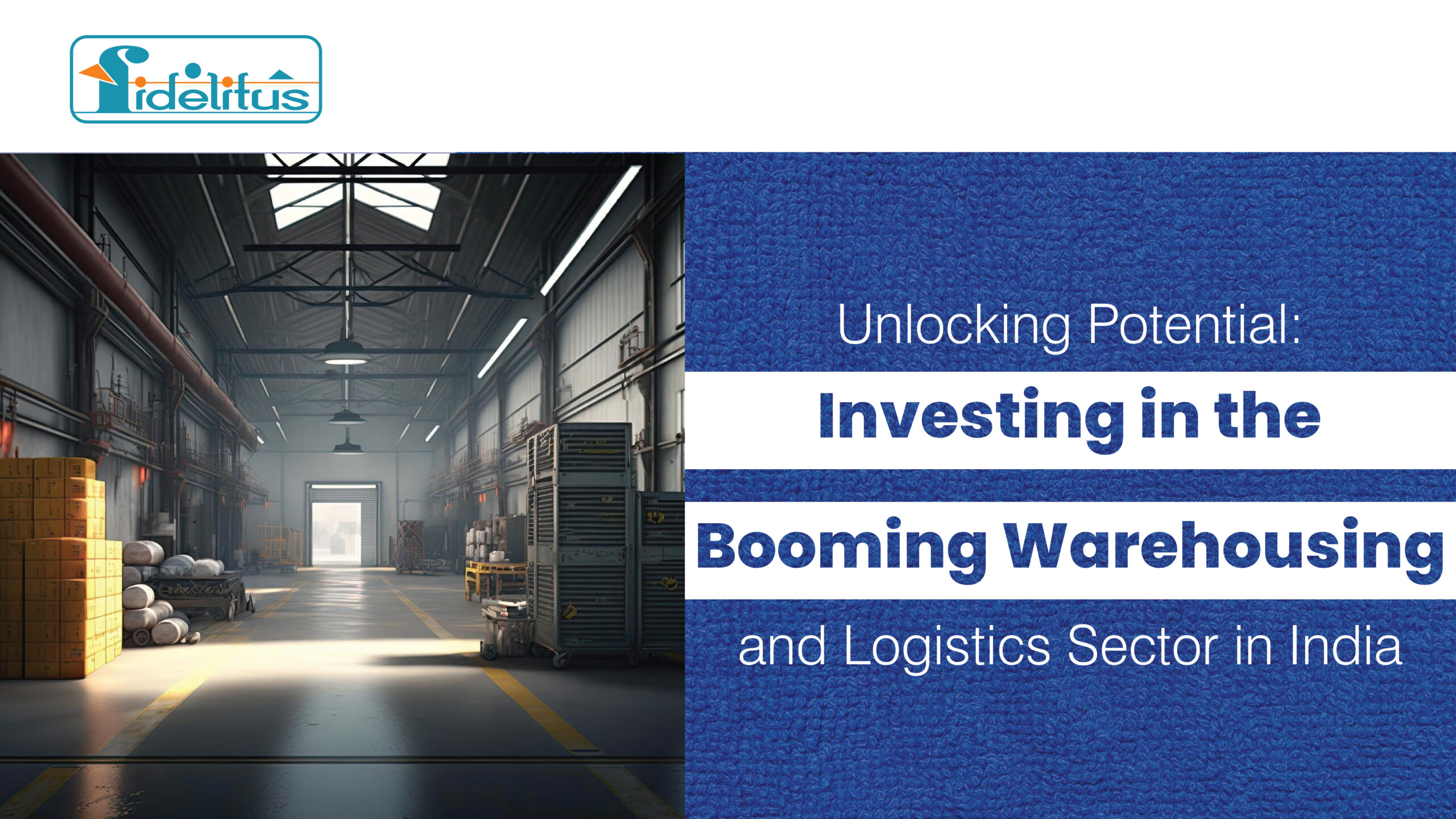Introduction:
The warehousing and logistics sector in India has experienced remarkable growth in recent years, largely driven by the rapid expansion of e-commerce and the need for efficient supply chain management. This article explores the evolving landscape of warehousing and logistics in India, the key factors driving its growth, and the investment opportunities it presents for savvy investors.
The Rise of E-commerce and its Impact on Warehousing:
In the digital age, e-commerce has become an integral part of consumers’ lives, driving the demand for seamless order fulfillment and faster deliveries. As a result, the warehousing and logistics sector has witnessed a significant transformation. E-commerce players require
strategically located warehouses and fulfillment centers to ensure quick order processing and last-mile delivery. This surge in demand has opened up lucrative opportunities for investors to capitalize on the growing need for modern warehousing facilities in key locations across India.
Infrastructure Development and Connectivity:
The development of robust infrastructure is crucial for the growth of the warehousing and logistics sector. Over the years, the Indian government has made substantial investments in transportation networks, highways, and logistics parks, resulting in improved connectivity between major cities, ports, and manufacturing hubs. This has significantly reduced transportation costs and delivery time, making India an attractive destination for warehousing and logistics investments. The introduction of dedicated freight corridors and integrated logistics parks has further enhanced connectivity, opening up new avenues for efficient supply chain management.
Government Initiatives and Reforms:
The Indian government has implemented several initiatives and reforms to promote ease of doing business and attract investments in the warehousing and logistics sector. The implementation of the Goods and Services Tax (GST) has streamlined the taxation system, reducing complexity and ensuring uniformity across states. This has resulted in a more efficient supply chain and simplified logistics operations. The introduction of the National Logistics Policy has further emphasized the government’s commitment to improving logistics infrastructure and creating a favorable business environment for investors.
Investment Opportunities in Warehousing and Logistics:
The booming warehousing and logistics sector in India offers a plethora of investment opportunities. Some key avenues include:
Developing Warehousing Parks: Investing in the development of ware housing parks equipped with modern amenities and advanced technologies presents significant potential for high returns. These parks cater to the storage and distribution needs of various industries, including e-commerce, FMCG, and automotive sectors.
Cold Chain Logistics: India’s rising middle class and increasing focus on quality and safety have created a surge in demand for cold chain logistics. Investing in temperature controlled storage facilities and refrigerated transportation can be a lucrative opportunity, particularly for perishable goods like food and pharmaceuticals.
Collaborating with Logistics Service Providers: Partnering with established logistics service providers can be a strategic investment option. These collaborations offer access to an existing network, expertise in supply chain management, and the ability to provide end-to-end logistics solutions.
Technology and Innovation in Supply Chain Management:
The integration of technology and innovation has revolutionized supply chain management in the warehousing and logistics sector. Automation, robotics, data analytics, and AI-powered systems have enhanced operational efficiency, reduced costs, and improved inventory management. Investing in technology-based solutions can provide a competitive edge, optimize warehouse operations, and drive productivity and profitability.

While the warehousing and logistics sector in India presents significant opportunities, investors must be aware of and address certain challenges:
1. Land Acquisition: Securing suitable land for warehousing facilities can be a complex process due to various factors such as land availability, legal requirements, and local regulations. Conducting thorough due diligence and partnering with experienced real estate developers and service providers like Fidelitus Corp can help mitigate these challenges.
2. Regulatory Hurdles: Navigating the regulatory landscape in India requires careful understanding and compliance with various laws, permits, and licenses. Engaging legal and regulatory experts can help investors ensure compliance and minimize risks associated with regulatory hurdles.
3. Competition: The warehousing and logistics sector in India is witnessing increasing competition. To stay ahead, investors need to differentiate themselves through innovative solutions, efficient operations, and superior customer service.
💡 Conclusion:
Investing in the booming warehousing and logistics sector in India presents exciting opportunities for investors. The rapid growth of e-commerce, coupled with infrastructure development and government reforms, has created a favorable business environment. By capitalizing on the demand for modern warehousing facilities, cold chain logistics, and technology integration, investors can unlock the sector’s potential and reap significant returns on investment. However, it is crucial to navigate challenges such as land acquisition, regulatory compliance, and competition. By staying informed, collaborating with industry experts, and leveraging technology, investors can position themselves for success in this thriving sector.










